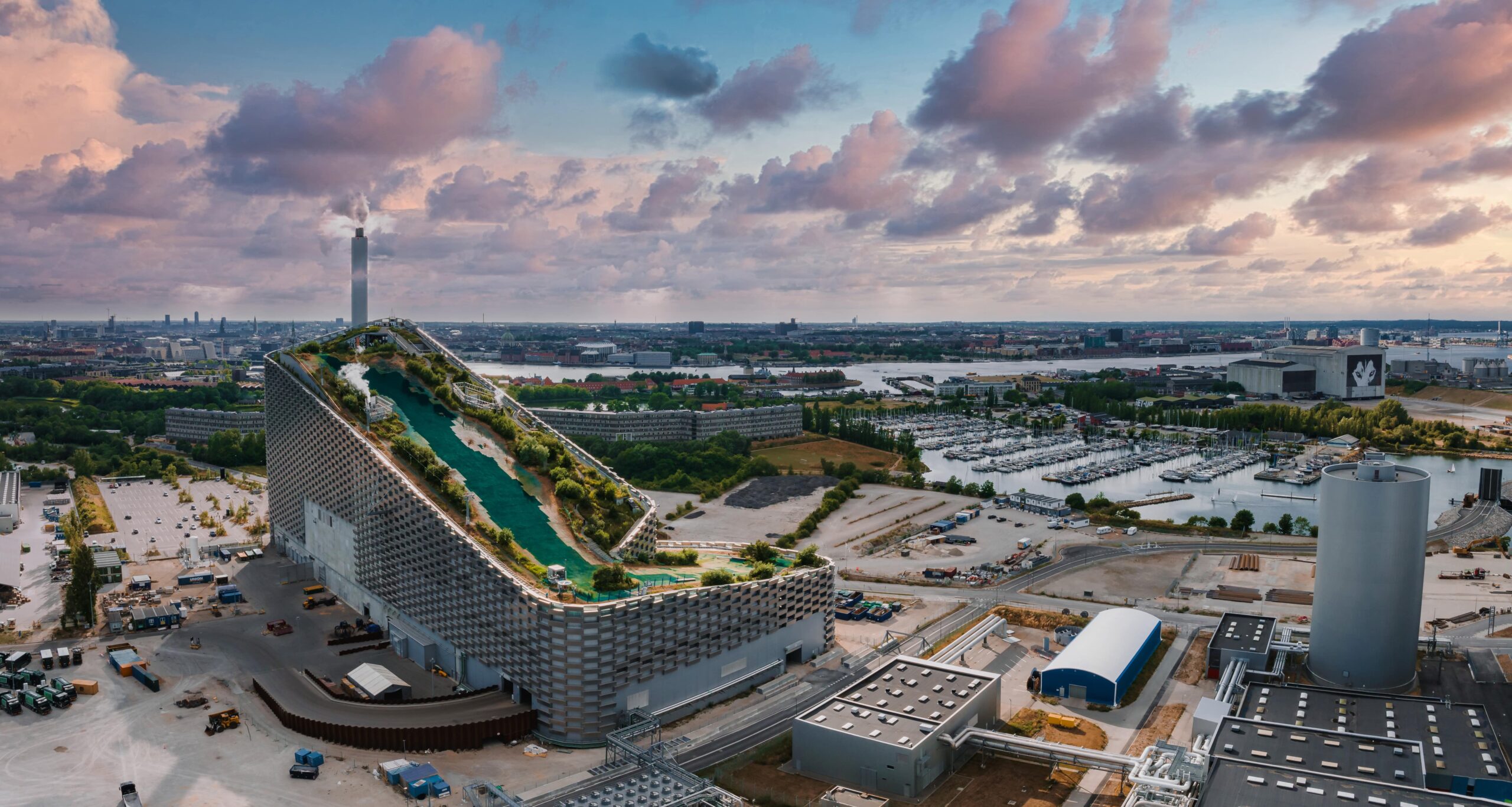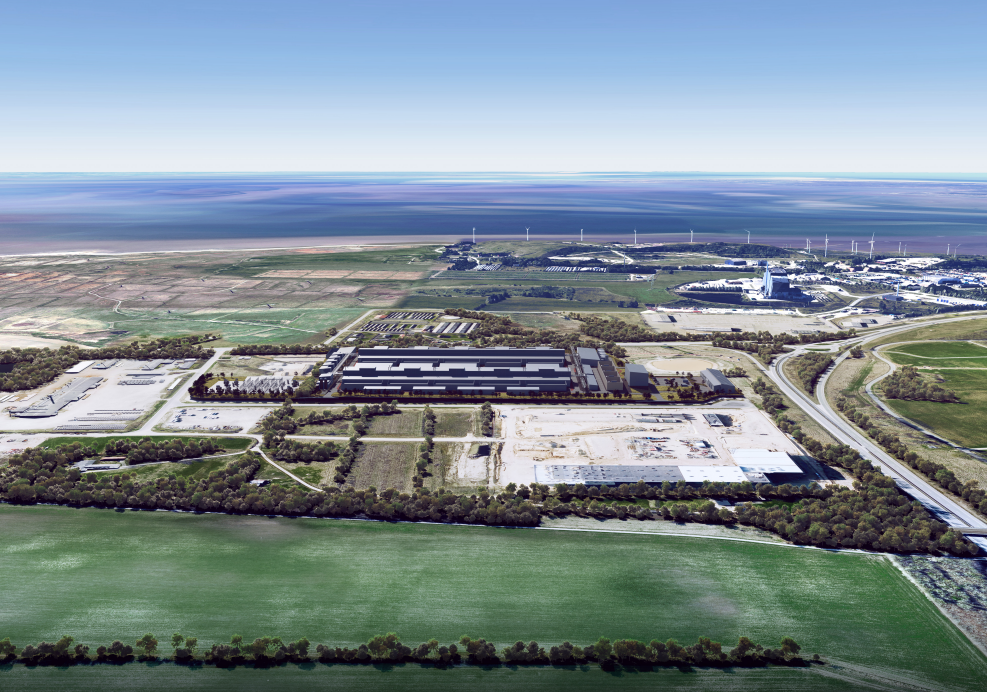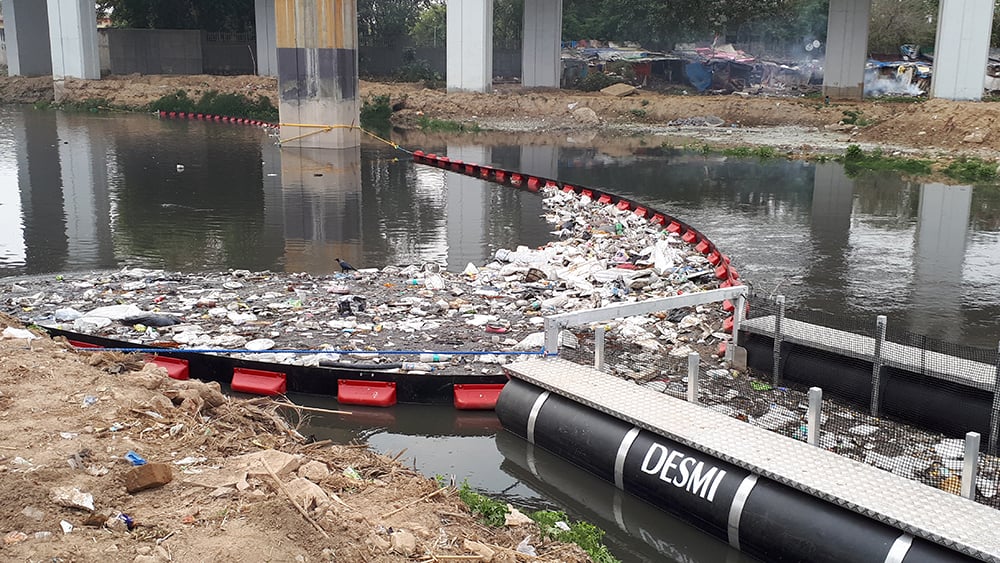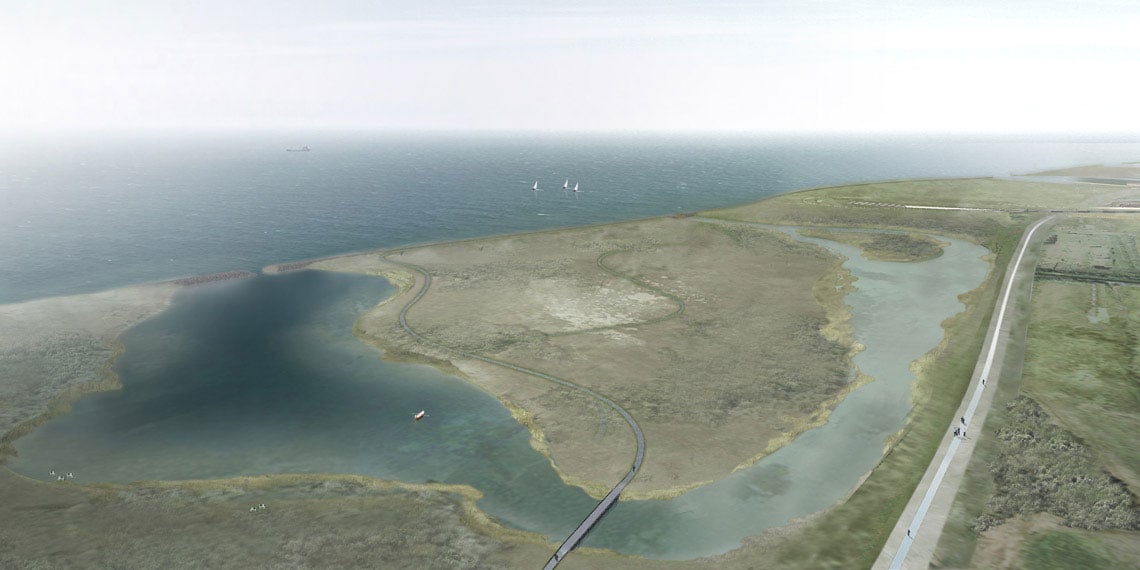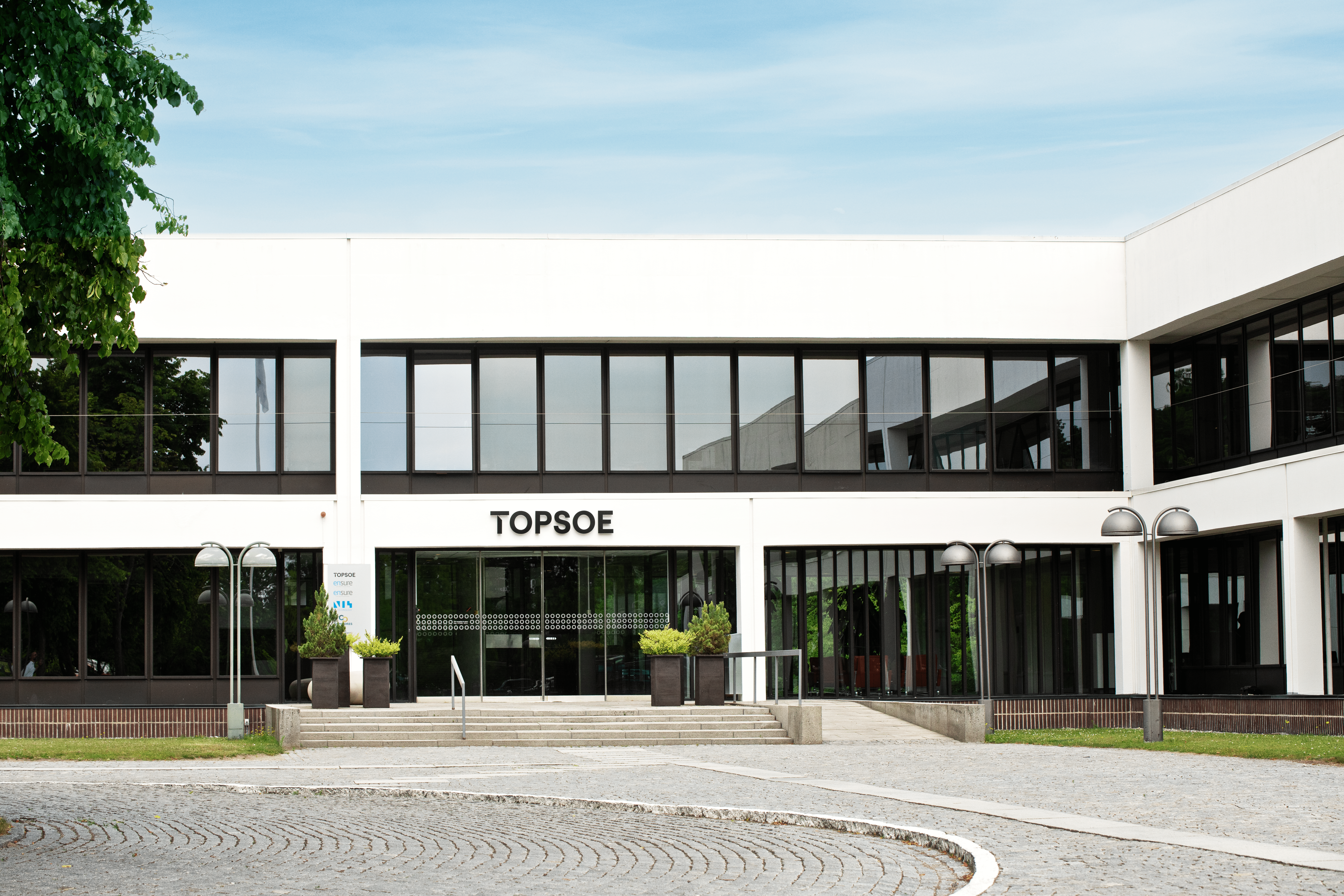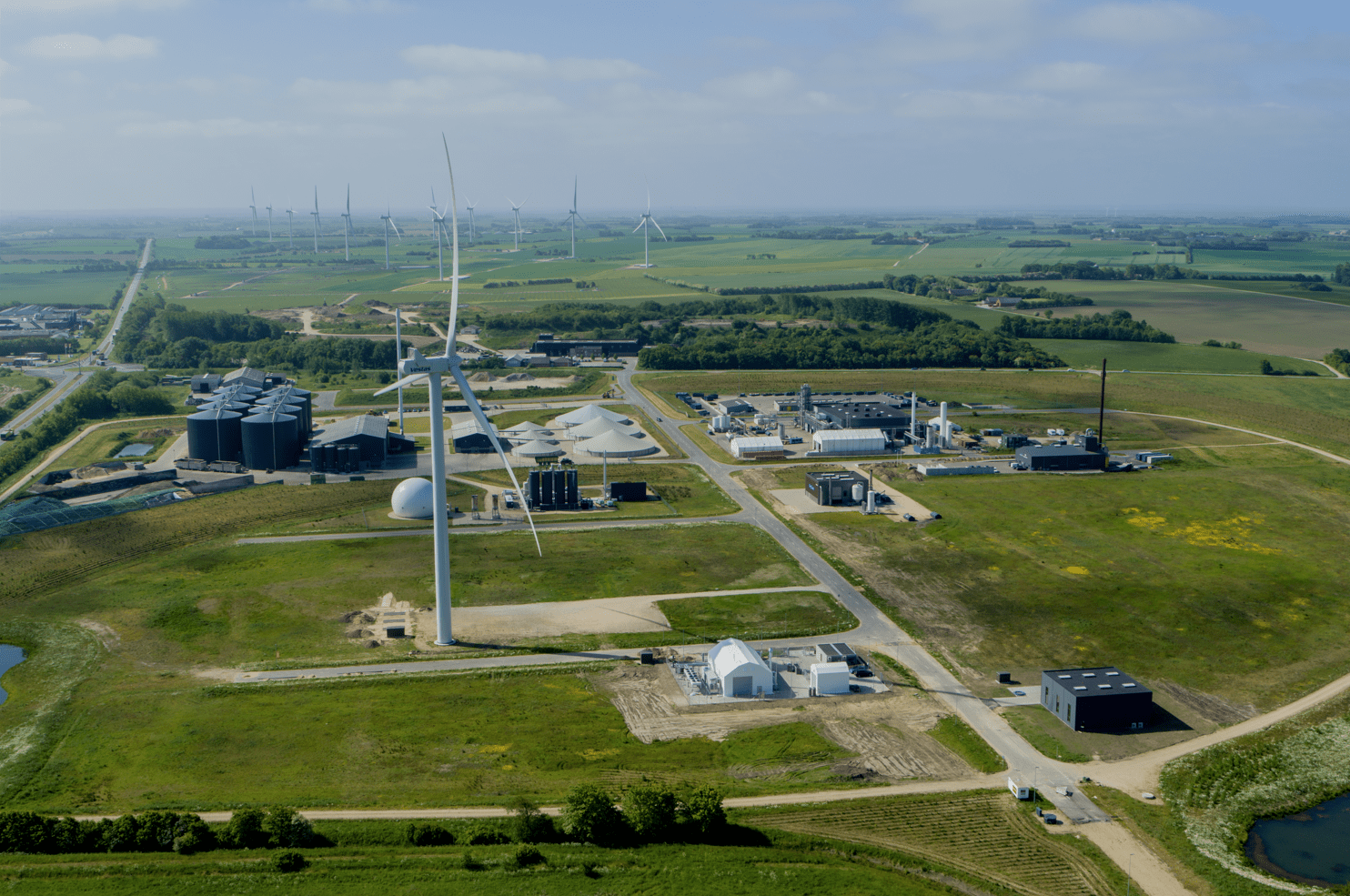News
New Report: Baseline for the Global Goals in Denmark
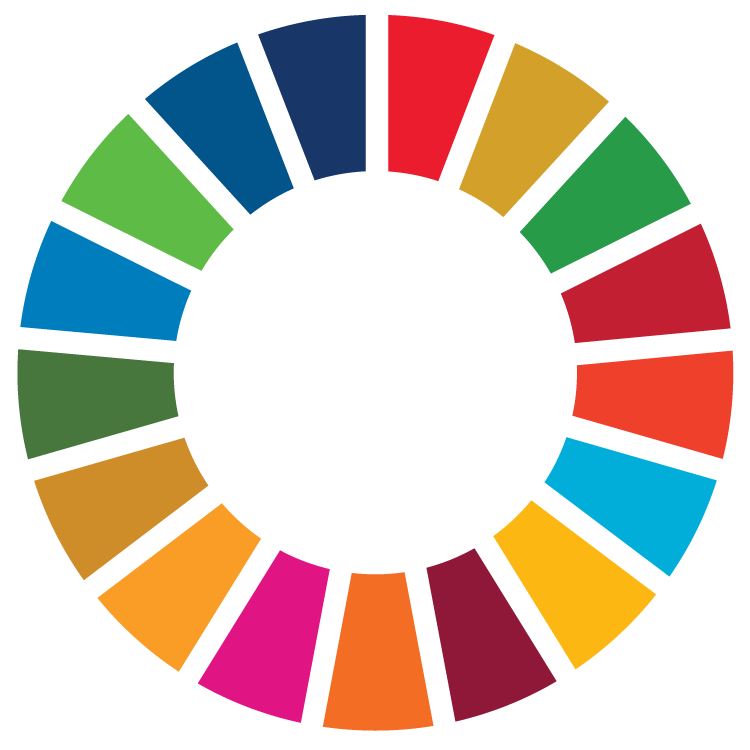

The Baseline for Global Goals project aims to use one goal in a pilot project to determine how a baseline can be implemented. Goal 11 is about the built environment – more precisely about sustainable cities and communities. The built environment is something to which we can all relate, and where we all dwell, work, live and move about. This is why Goal 11 provides a good example among the highly political global goals with broad relevance.
Furthermore, the built environment is the core expertise of both the Danish Architecture Center and Ramboll, who have facilitated the baseline jointly with Statistics Denmark and Local Government Denmark. The project is initiated by the 2030 Panel to support the 2030 Network.
[green]What is a baseline?
A baseline is a zero-point measurement indicating where we currently stand in terms of the SDGs. The baseline consists of a number of indicators under each target that complement the UN official indicators. By supplementing the UN indicators, the baseline is intended to produce a more meaningful picture of how the individual targets are relevant in a Danish context and of how Denmark is progressing at the moment. The baseline is therefore an overview reflecting how well we are meeting the targets. [/green]
Why SDG 11?
Denmark has great potential to take a leading position in achieving SDG 11, as the country has been internationally recognised for its innovative design solutions – a recognition that spans our urban and rural architectural solutions to bicycle paths to our people-centric climate adaptation initiatives.
However, despite our leading position and outstanding solutions, we still need significantly more sustainable development. The report indicates that only about 4 per cent of Denmark’s current construction is sustainable and that CO2 emissions are rising in several areas where we produce large quantities of waste – in addition consumption in Denmark is among the world’s highest. In other words, there is room for improvement, but the conditions for achieving this are world class.
From local to global action
Cities and local communities face the greatest challenges and opportunities when it comes to generating sustainable development. In the built environment, a particularly complex pattern unfolds, involving a wide range of actors: citizens, companies, the state, municipalities, agricultural interests and many others. As a global goal requiring adaptation to local conditions, it is an interesting goal to use as a pilot project for developing baselines for the other global goals.
Nevertheless, according to the report, translating indicators to fit conditions at the national and local levels does not preclude us from working across countries and regions and rising to the challenge together as an international community. In fact, it affirms that we need to act on all levels from the global to the local – and from the local to the global.
Local efforts need to be made in every country, city and local community if we are to cerate global change and inspiration between countries.
In the long term, the work will be expanded to other goals and other countries. According to Neel Strøbæk, Senior Group Director at Ramboll Group, one of the project's contributors, the tool developed for the Global Goal 11 is transferrable to the other global goals.
Monitoring SDG progress in Danish context
In Denmark, it does not make sense to assess a city's sustainability by measuring how many people live in slums, thus a central part of the project is to identify new indicators that are relevant to Denmark in a thorough, cross-disciplinary collaboration.
For instance, “the supplementary indicators show a Danish housing supply that fundamentally ensures a high standard of dwelling for a broad range of population groups, but the indicators are specified in a way that embellishes the picture somewhat. The use of national averages conceals the fact that the housing cost burden has risen in Copenhagen to the detriment of young people and low-income families. The concept of ‘vulnerable residential areas’ lacks comparability with the rest of the world, and the definition is subject to political changes,” says Curt Liliegreen, Director of The Knowledge Centre for Housing Economics.
In the baseline, the project participants supplement UN indicators with new indicators relevant when measuring how well the global goals are being met in Denmark. These new indicators form the basis for the baseline. For each indicator the report gathers a number of specific observations that can point to areas in need of action or special attention concerning the indicators and data.
"We have been in need of an overview of how far we are in Denmark and where we are lagging behind. This is what we are laying the foundations for now. The baseline will give us a better basis for developing policies and prioritising cross-party policy measures," says Kirsten Brosbøl, chair of the 2030 Network.
Download the full report to get an overview of recommendations for new or enhanced indicators.
Sources:
You should consider reading
events
Carbon capture, storage and utilisation
+4
